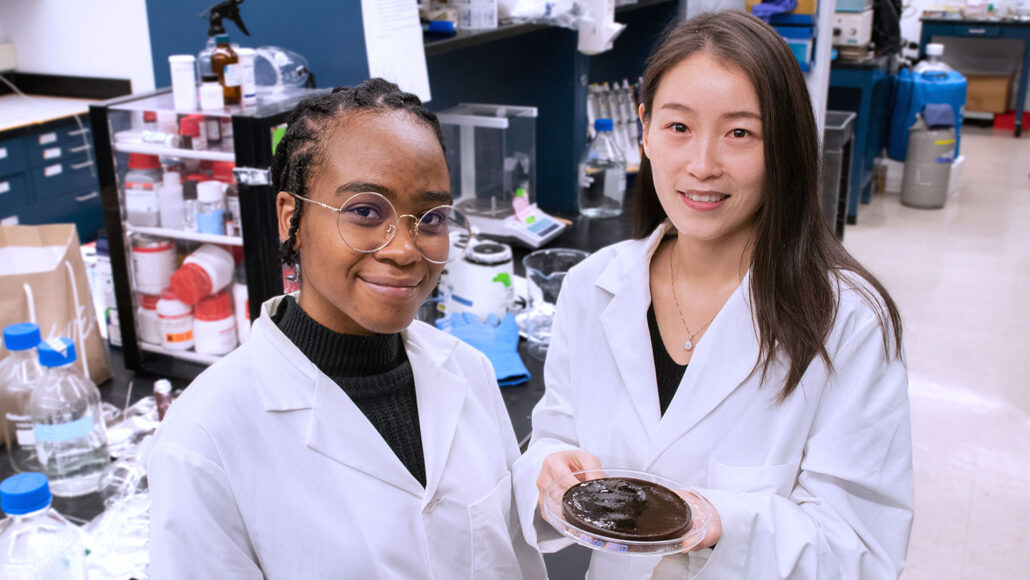Questions for ‘A new solar-powered gel purifies water in a flash’

Néhémie Guillomaitre and Xiaohui Xu hold their water-purifying hydrogel. It works by soaking up water and filtering out contaminants.
Bumper DeJesus/Princeton University

Néhémie Guillomaitre and Xiaohui Xu hold their water-purifying hydrogel. It works by soaking up water and filtering out contaminants.
Bumper DeJesus/Princeton University
Register to access:
An error occurred. Please try again.
Already Registered? Enter your e-mail address above.